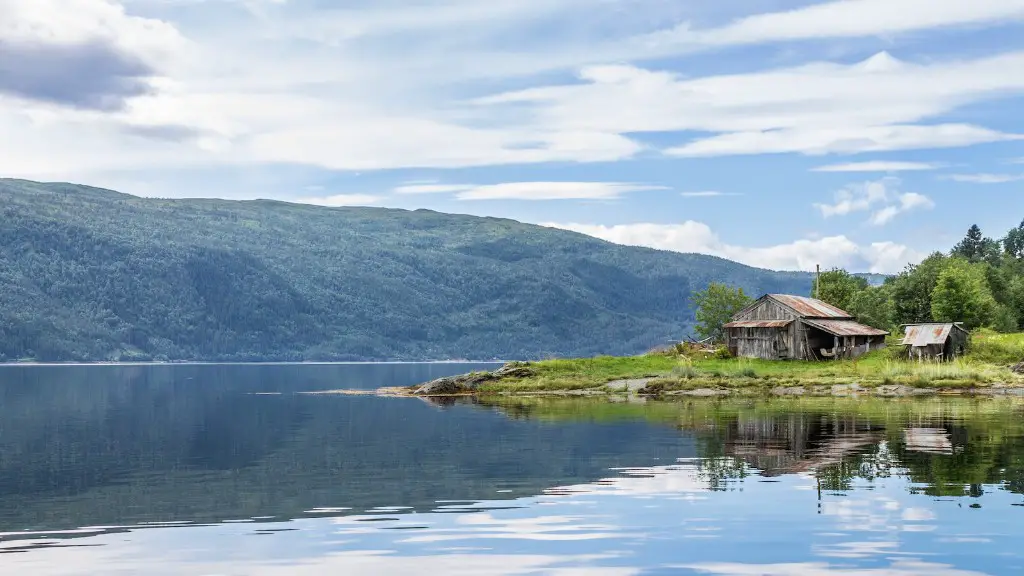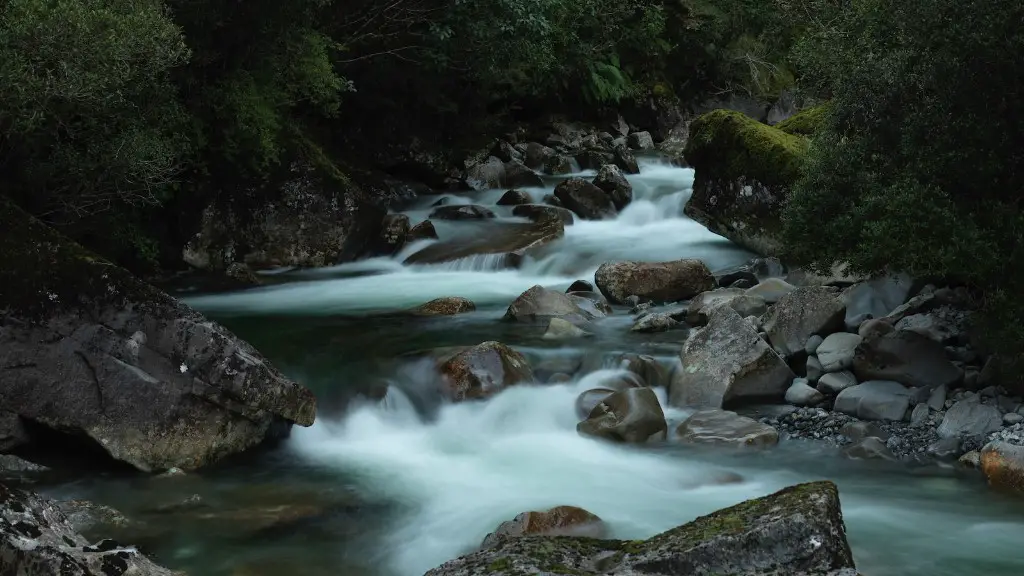The Mississippi River Delta is located along the southeast coast of Louisiana and extends into the Gulf of Mexico. It is a unique ecosystem with diverse wildlife, natural resources, and cultural heritage that have been shaped by the Mississippi River’s sediment-laden waters. The Delta is a rich, productive and constantly changing landscape, where wetlands, barrier islands and coastal marshes have formed. It is the home to a vast array of plants, animals and humans. The Mississippi River Delta is an important part of the U.S. Gulf Coast and is essential for clean, abundant water, rich habitat for migratory birds and other wildlife, and is a link to Louisiana’s rich multi-cultural heritage.
The rich sedimentation of the Mississippi River has created unique and highly productive wetlands, which provide habitat for fish, birds and other wildlife. The wetlands are especially important habitat for migratory birds and are a stopover during migration long journeys. The Delta’s barrier islands and coastal marshes have been shaped by the powerful and ever-changing river. These barrier islands serve as natural buffers for the wetlands and provide habitat for a variety of species, including bald eagles, peregrine falcons, raccoons and turtles. The wetlands are also an important source of sediment for the gulf coast.
The Mississippi River Delta is also home to many culturally important sites, from ancient Native American ruins to modern industrial ports. The city of New Orleans, the state’s largest city, is located within the Delta. New Orleans and its culture is an important part of the Delta’s identity. The Delta’s coasts also support the commercial shipyards, ports and associated industries that have historically been important drivers of Louisiana’s economy.
In addition to providing important habitat, the Mississippi River Delta is a primary source of freshwater to Louisiana and other parts of the Gulf Coast. It is home to the largest fresh water estuary in the United States. The Delta also serves as an important resource for storm protection, flood control and sediment-trapping, providing vital support to the region.
The Delta’s landscape is one that is ever changing due to the constant influence of climate change and human activity. Rising sea levels and land subsidence are a major challenge for the Delta. The resulting flooding, salt water intrusion and erosion threaten the delicate balance that supports the Delta’s habitat and economy. Coastal restoration projects are highly important for the preservation of the delta, and provide an essential link between people, nature and the future of the Delta.
Impact of Climate Change
Climate change has a direct effect on the Mississippi River Delta, as rising temperatures and sea levels cause flooding and erosion of the land. Rising sea levels and land subsidence have already caused significant damage to the Delta’s wetlands and coastal marshes. The wetlands and coastal marshes are important sources of sediment, providing habitat for animals and birds, and protecting the region from storms. Rising sea levels and land subsidence have also led to salt water intrusion and contaminated fresh water sources, threatening the Delta’s fragile ecosystem.
The Louisiana coast also experiences extreme weather events such as hurricanes and tropical storms, which cause further damage to the Delta’s wetlands and coastal marshes. These weather events can cause significant flooding, erosion and damage to coastal communities. Additionally, hurricanes and tropical storms can increase the amount of sediment and pollutants that are deposited in the Delta, which can disrupt the delicate balance that supports the Delta’s plant and animal life.
The effects of climate change are felt even further inland, in areas such as the Atchafalaya Basin and Lake Maurepas. These areas also experience flooding, erosion and salt water intrusion as a result of rising sea levels and land subsidence due to climate change.
In order to protect the Delta from the impacts of climate change, coastal restoration projects are necessary. Coastal restoration projects such as oyster reefs, marsh grass plantings and wetlands restoration provide resilient habitats and shorelines to protect the Delta from flooding and erosion, while also providing valuable habitat for animals and birds.
Restoration and Preservation Efforts
Restoration and preservation efforts are essential for the protection of the Mississippi River Delta, with projects ranging from engineering works to preservation of cultural heritage sites. Coastal restoration projects, such as the construction of levees and offshore barrier islands, are essential for the preservation of the Delta and its habitat. In addition, the federal government and state governments have invested hundreds of millions of dollars in coastal restoration projects in order to protect the Delta from future flooding and erosion.
The preservation of cultural heritage sites within the Delta is also a priority for state and federal governments. There are numerous organizations and groups committed to the preservation of sites of cultural significance, such as Native American burial grounds, African-American cemeteries and cultural sites. These groups provide advocacy and support for the preservation of these sites, and raise awareness for the importance of their protection.
The economic significance of the Mississippi River Delta is also a driving factor for the preservation of the area. The Delta is home to an array of ports and industrial sites that support the local and regional economies, so preservation efforts have been largely focused on maintaining the Delta’s ability to support these businesses. The state and federal governments have made investments in infrastructure, such as navigation channels and levees, in order to ensure their continued success.
The future of the Mississippi River Delta is dependent on continuing and increasing investments in preservation and restoration efforts. This will require collaboration between all levels of government, businesses, and the community in order to effectively protect the Delta’s resources and the cultural heritage of its people.
Technology Driven Solutions
In an effort to protect the Delta from the effects of climate change, new technologies have emerged as effective solutions and are being utilized to help restore and protect the Delta. High-tech sensors, satellites and drones have all been utilized in order to collect data and monitor the Delta and potential threats posed by climate change.
The data collected by these technologies is used to better understand the Delta’s ecosystem, providing key insights into the effects of climate change on the Delta’s landscape. This data can then be utilized to inform decision makers and develop effective strategies for preservation and restoration of the Delta’s habitat and ecosystems.
Rising sea levels and land subsidence have also caused further damage to the Delta’s wetlands and coastal marshes, which are essential for protection from flooding and erosion. New technologies such as submersible probes, unmanned aerial vehicles and autonomous surface vehicles are now being used to monitor erosion and sedimentation in order to inform coastal restoration projects.
In addition to the use of new technologies, the Mississippi River Delta’s preservation also requires the active participation of the community. Public involvement is key to the success of coastal restoration projects as it allows the community to have a voice in the decision making process and champion the cause to local and state governments.
Economic Impact
The economy of the Mississippi River Delta is reliant on its ability to support commercial shipping, ports, industries and coastal tourism. These industries have been vital to the local and state economy and have provided jobs and income to the people of the Delta.
The Delta’s coastal restoration projects are key to the success of industry and commerce in the region. The projects provide protection from extreme weather events such as hurricanes and flooding, as well as providing a buffer against salt water intrusion. This protection is essential for the Delta’s economic prosperity, as these industries are often the first to be affected by extreme weather events.
The future of the Mississippi River Delta’s economy depends on its ability to protect its resources and provide necessary infrastructure for shipping and industry. The Delta’s ports and industrial sites must be well maintained in order to remain competitive and attract businesses. In addition, the preservation of the Delta’s coastal ecosystems and cultural heritage is essential for the success of tourism and coastal recreation businesses.
The Mississippi River Delta is a unique and complex ecosystem that is essential for storm protection, flood control and sediment-trapping, as well as being an important source of freshwater and a rich habitat for many plants and animals. Protection and preservation of the Delta has been a priority for state and federal governments and is essential for the successful future of the region.





